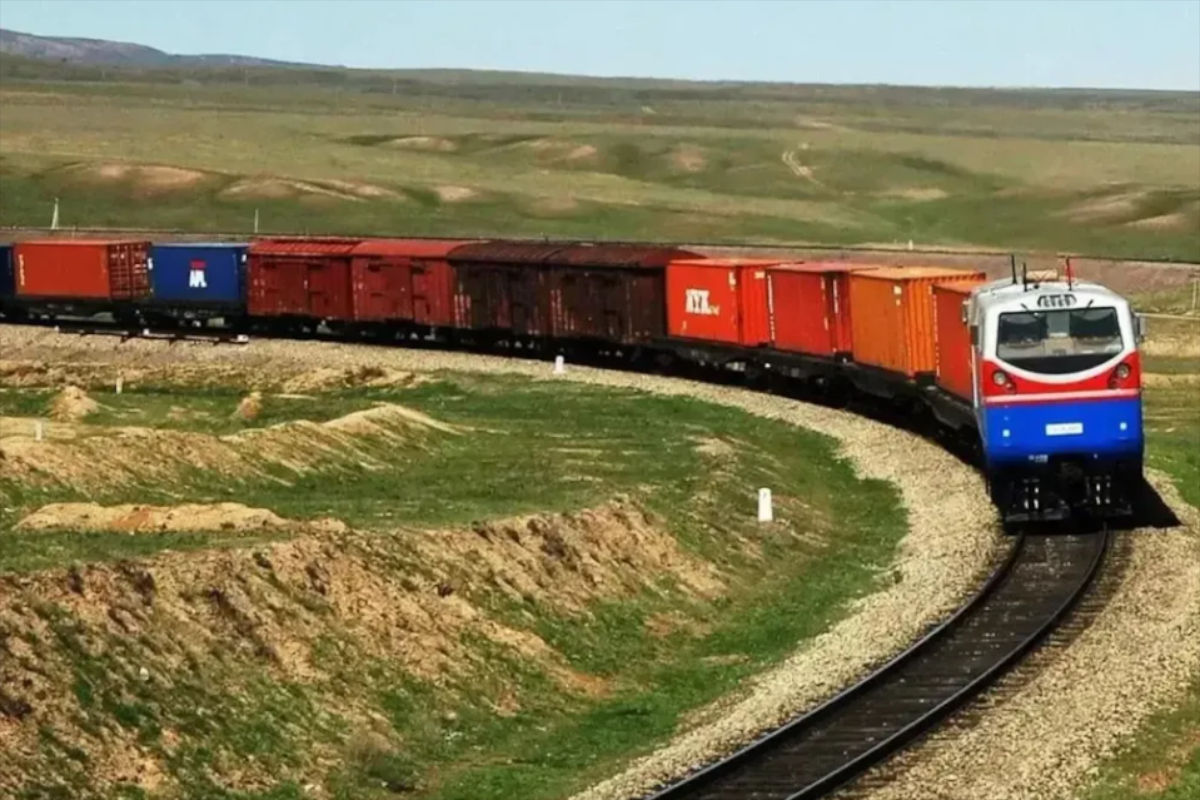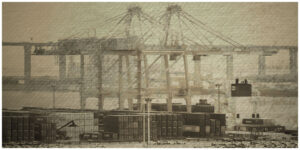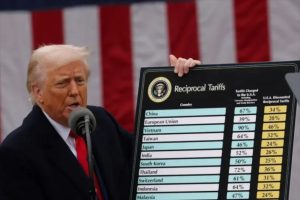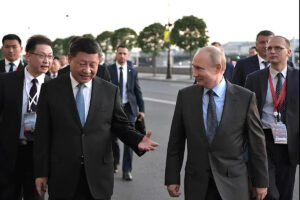Eurasian Rail and Digital Silk Roads stretch quietly across the steppe and seabed, as trains cut through Kazakhstan and cables are laid along the Caspian floor, weaving the nerve fibers of Eurasia’s future. These are lines of connection and exchange that create an architecture deeper than any diplomatic protocol. Not every newspaper notices this movement — they need loud headlines, while the silence of construction offers too little for sensation.
Global media rehearse the Taiwan drama again and again, like a record stuck on repeat. But while cameras remain fixed on the familiar spectacle of superpower rivalry, in another corner of the planet an entire continent is assembling into a single body. It comes together without pomp, through cargo, contracts, and routes — a tectonic shift that will be difficult to reverse.
Tens of billions of dollars have been invested in corridors and digital highways. These funds are turning into political mass, measured in kilometers of rail and the speed of data transmission. Eurasia is quietly erecting the framework of tomorrow’s world, built with a long-term vision.
Eurasia Builds the Body of Multipolarity
Rail corridors through Kazakhstan, Azerbaijan, and Iran are becoming the new circulatory system of the continent. Every transshipment hub, every port bay functions as a vessel shaping a common organism. Here, resilience is defined by steel rails and the throughput of terminals.
Influence is now measured in container flows and fiber-optic arteries. Geopolitical strategy transforms into an engineering project, where power is set by lines of transport and digital channels. Control over them equals alliances, and at times even outweighs them.
The operational frameworks of the Trans-Caspian International Transport Route — with its protocols, tariff agreements, and scheduling mechanisms — confirm that this is no abstraction but a functioning system already shaping continental flows.
New points of intersection along routes are turning into gravitational centers that shift familiar maps. Diplomatic and economic frameworks are forming around them. This is how material multipolarity is born — tangible, cast in concrete and steel.
The West in the Infrastructure Race
Europe has cut its own arteries with sanction policies. Cheap land routes are blocked, forcing it to rely on maritime logistics under the control of oceanic powers. On the map of Eurasia, its role has been devalued — continental routes bypass it, and Brussels watches the process from afar, like a passenger without a ticket.
Washington continues to brandish military alliances and declarations but builds neither roads nor cables. Its strategy relies on containing rivals rather than creating connections. AUKUS is a perfect example: a pact sold as stability, but in reality a performance that leaves the region more fragile, not more connected. Caravans go where there are markets, technologies, and investments, not where speeches about security are delivered.
Central Asia, the Caucasus, and the Middle East are making choices based on profit. Eastern projects open markets and bring capital. In the world of flows, concrete and fiber optics carry more weight than values that have lost their market price.
The Alliance of Routes, Cables, and Ideas
Beijing and Moscow are choreographing routes and networks, turning rail lines and energy arteries into political sinews. Container flows intertwine with digital ecosystems and cybersecurity programs. This engineering creates a fabric in which every new project becomes a step toward strategic convergence.
China’s formula of a “Community of Shared Future for Mankind” is leaving the offices of diplomats and taking shape in concrete and fiber optics. Ports, data centers, and high-speed highways form an architecture that draws participants into a common space. Slogans fade, leaving behind the physical logic of mutual dependence.
Official statements from MOFCOM and the Foreign Ministry underline that the Digital Silk Road is not just rhetoric, but a declared priority — from Silk Road Cloud platforms to data exchange agreements with Central Asia.
Russia’s “Greater Eurasian Partnership” offers a different perspective: sovereign cooperation without lectures on “proper democracy.” Within this framework, railroads and energy projects become pillars of long-term resilience. For regional states, the signal is clear: they are invited into the process, not assigned subordinates at gunpoint.
Together, these initiatives turn rails and cables into the backbone of multipolarity. Infrastructure ceases to be an engineering task and becomes a new form of international law — the material constitution of a world without diktat.
Concrete, Steel, and Fiber Optics — and the Old Poster Forgotten at the Station of the Future
Infrastructure entered the 21st century as a weapon of slow action. Its power lies in persistence: it does not make noise, it does not march, it lays the future kilometer by kilometer. Every route establishes a new dependency, every cable junction cements a political bond stronger than any military pact.
Whoever controls the arteries of trade and digital channels dictates the rules of the game. This influence does not explode in an instant; it flows like a river but reshapes the landscape irreversibly. Energy corridors linked to the rise of the petroyuan are already redrawing the map of power in ways that no slogan can undo. That is the true geopolitical resource — long-term, irrevocable, embedded into the map.
The “Community of Shared Future” and the “Greater Eurasian Partnership” recast ideology into concrete, steel, and fiber optics. These corridors become the frame of a new political order designed to last decades. The West keeps shouting slogans, but it is in the silence of Eurasian routes that a new world is born — where the Anglo-American monopoly looks like an old poster forgotten at the station of the future.





